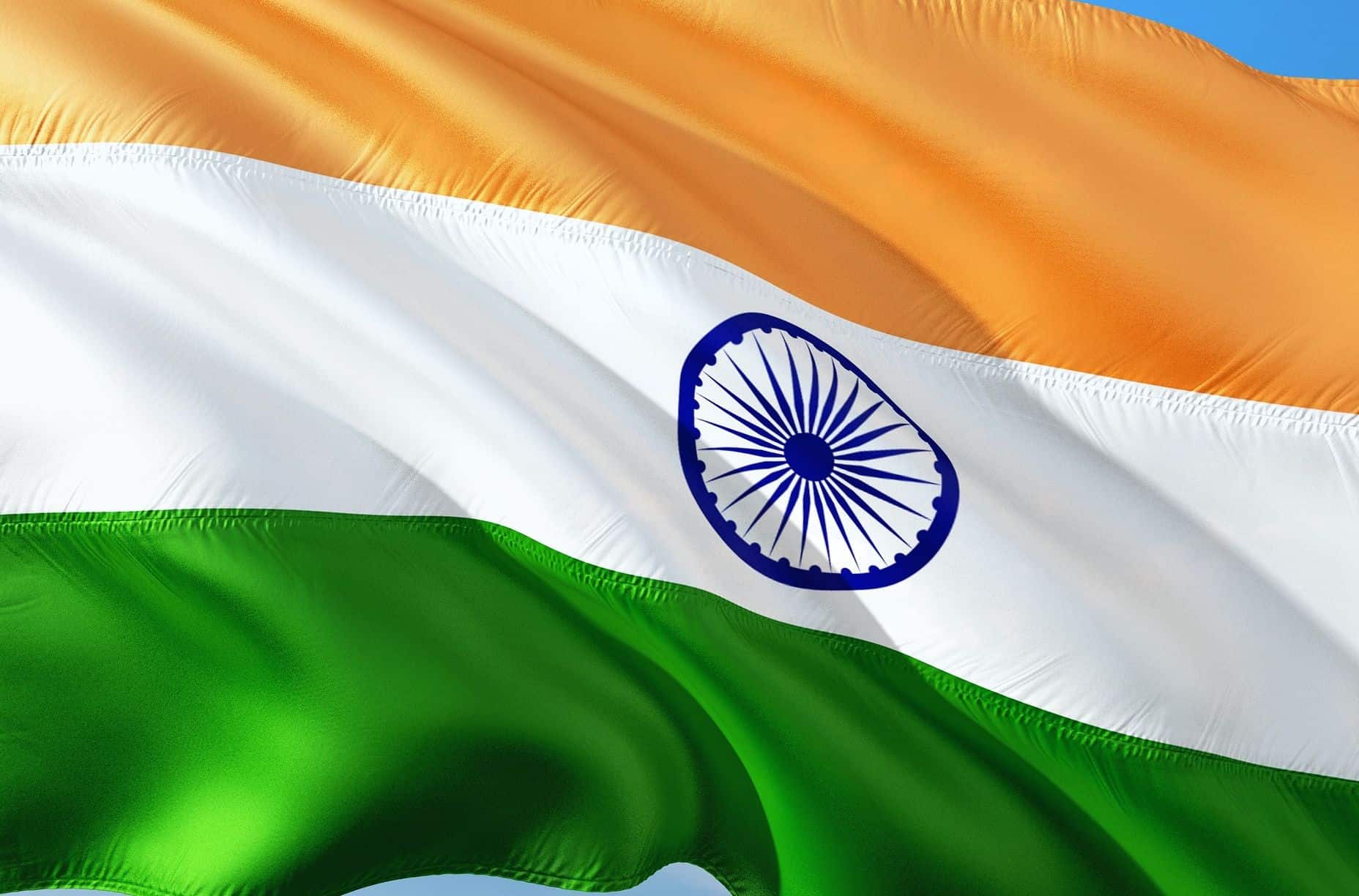Why Is the Eurodollar Important? (dollar vs euro vs LIBOR)
If you have not been exposed to the Eurodollar yet (not to be confused with the Euro), you are in […]
Read More »Become a successful marketing consultant: Learn more

India is the 2nd most populated country in the world, only behind China.
With an estimated population of just under 1.4 billion people in 2022, India is home to one of the world’s oldest civilizations.
As a world leader in land and natural resources, some of India’s biggest production and leading exports include agriculture products, minerals, coal and iron ore. But who does India have free trade agreements with?
Does India have any trade agreements?
Yes, India has 13 free trade agreements (FTAs) involving more than 50 countries, such as China, Malaysia, Australia, Indonesia, Philippines, Cambodia, Singapore, Vietnam and more.
India has many bilateral and multilateral free trade agreements across many countries.
Let’s now review India’s trade agreements in more detail.
India enjoys wide market access and economic cooperation thanks to its 13 concluded trade agreements involving more than 50 countries.
In a bid to expand and diversify its export markets while enhancing access to raw materials and capital goods, the country actively engages in bilateral and regional trade negotiations. For more information about the different kinds of trade agreements countries make with each other, visit our article here.
Additionally, to understand the difference between market penetration and market expansion, which is what India is doing with their expansive treaties, visit our article on this topic here:
What Is The Difference Between Market Penetration And Market Expansion?
India, like many other countries, is regularly working towards expanding their trade agreements.
For instance, India and the UK are working hard to finalize a comprehensive and balanced trade agreement by October 2022. We will see how this progresses.
However, India’s engagement in the FTAs has not always been upbeat. At the beginning of the century, the country negotiated and concluded several FTAs, including the regional Association of Southeast Asian Nations (ASEAN) trade agreement and bilateral deals with Korea, Malaysia, Singapore, and Japan. You can review this trade agreement at the official ASEAN website here.
While the Look East Policy helped expand the country’s trade links with East and Southeast Asia, India did not benefit in equal measure with the member states.
Instead of export growth, imports increased at an alarming rate. As a result, India has had deep skepticism for free trade agreements over the past decade, putting on hold trade talks with Canada, the EU, and Australia. For a very interesting perspective from the University of Singapore on the evolution of the Look East Policy, visit this paper by S.D. Muni.
The peak of the country’s protectionist fears was when India withdrew from the Regional Comprehensive Economic Partnership (RCEP) in 2019, citing unfavorable gains and cutting some of its trade links with Japan, Australia, Korea, China, and New Zealand. See our article with a nice review about the RCEP, here:
What is the RCEP trade agreement in simple terms?
Barely two years after their withdrawal of RCEP, India has reinvented its approach and engagement in FTAs. Now, it seeks to secure free and balanced deals with complementary economies such as the EU and the UK.
At the moment, India boasts 13 signed and implemented free bilateral and regional trade agreements with over 50 countries alongside 6 Preferential Trade Agreements (PTAs). Although some FTAs are more than a decade old, a number of the agreements were concluded after the cause of the recent supply chain issues, which caused significant disruptions in the global supply chains.
Typically, these preferential and free trade agreements seek to minimize trade barriers and enhance India’s access to the global markets by removing tariffs, quotas, and other limitations. Every trade deal the country has secured is unique; from the member states, goods involved, and duties levied on them, the terms vary from one deal to another.
Whether bilaterally or regionally, India enjoys significant market access and economic cooperation with several countries through trade agreements. Currently, India is pursuing a deal with the United Kingdom and Canada as trade talks with the EU also resume.
India has bilateral trade ties with Asian countries such as Japan, Sri Lanka, Singapore, South Korea, and the United Arab Emirates. Mauritius and Australia are among the newest additions to the country’s list of bilateral trade partners.
Regional trade agreements such as the SAFTA and India ASEAN TIG also grant India numerous trade ties with other nations, including China, Malaysia, and Vietnam.
Although the United States and India continue to hold discussions on various trade issues, no trade agreements exist between the countries. The US terminated India’s General System of Preference (GSP) status in 2018, leading to the removal of the special duty treatment of Indian exports to the US.
After eschewing free trade agreements due to unfavorable gains to its partner states for nearly a decade, India has re-invigorated its engagement in bilateral and multilateral agreement negotiations. In the past two years, the country has concluded FTAs with the UAE and Australia, bringing their major trade agreements to 13. Additionally, the Indian government is working extremely hard to seal a deal with the UK, Canada, and EU.
If you would like to review other interesting articles on International Marketing and about global trade agreements, please visit these helpful articles we recently developed: